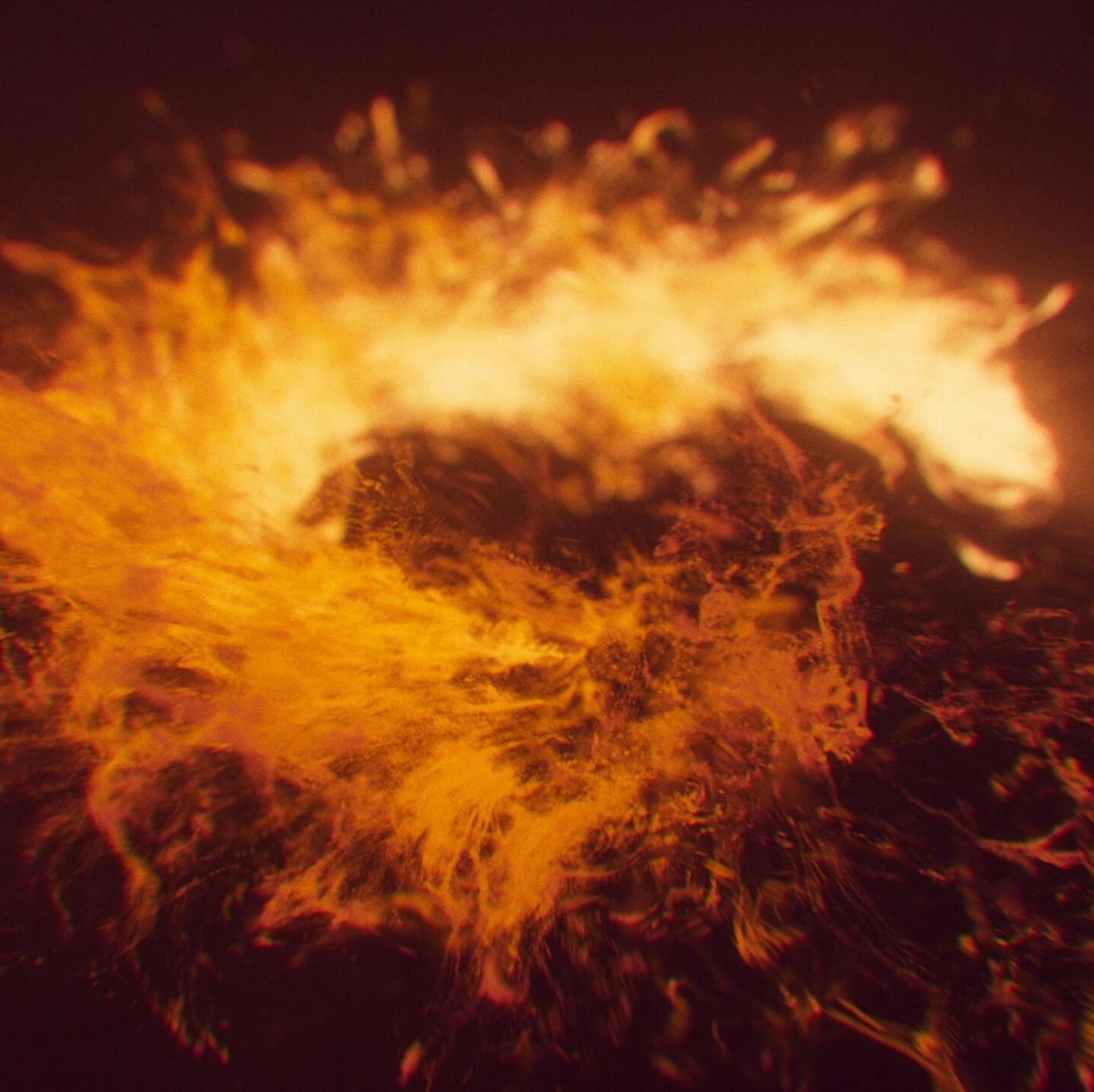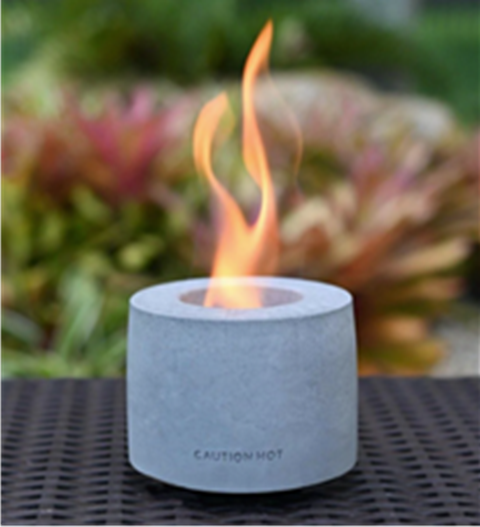
Boom! Maximizing Recoveries In Catastrophic Explosions
November 21, 2016
This article originally appeared in “Claims Management”, a publication of the Claims & Litigation Management Alliance (CLM). Legal opinions may vary when based on subtle factual differences. All rights reserved.
Boom! An explosion occurs. What results is a crisis — a catastrophe for the property owner, their employees, the local community, and all stakeholders in the explosion event. Everyone connected to the explosion is touched in their business and economic interests, by insurance consequences, and by those suffering bodily injuries or fatalities. Needless to say, an explosion is an extraordinary event that forever changes the psyche of those affected. The bigger the scale of the explosion, the bigger the challenges are to move forward and to develop viable recovery claims. It is a dilemma that requires sophisticated leadership and seasoned subrogation counsel, forensic consultants, and loss adjusters.
The Aftermath
Immediately, many questions arise: How did it happen? Was it avoidable? Could it happen again? How will the entities harmed overcome the many difficult challenges to stay robust and engaged in their regular course of business? Will it devastate the enterprise? Who is at fault? Who should compensate the victims? Are there legally viable recovery claims to pursue against third parties? How are those tortfeasors identified? Can sufficient evidentiary proof be established? How should the media be addressed? The government? Where do we begin? These are just a few of the many challenges inherent in the explosion crisis that must be managed and overcome to maximize the recovery opportunities of the property insurers and their insured.
The scope and depth of the recovery investigation depends on the dollars at stake, the severity of the property damages and business interruption, the complexity of determining the root cause, the loss site conditions, and the interests of government agencies and third parties. Managing the recovery investigation and pursuit requires developing near- and long-term objectives and a practical plan of action (POA) to make the recovery opportunity a tangible reality. The recovery team must be proactively energized and engaged. After all, ultimately, the jury seeks to know: 1) What caused the explosion? 2) How do we know that was the explosion cause? 3) Are alternative failure modes credibly eliminated? In short, the “but for” causation analysis remains alive and kicking.
Navigating the complex challenges and honing in on practical strategies for effectively developing viable recovery claims from a catastrophic explosion are challenging. It is a treacherous sea to sail. The fog of the crisis creates great pressures and dangers. While every crisis is an opportunity, every crisis also is, by its very nature, a time of uncertainty. The crisis must be addressed upfront for what it is — a crisis. Embrace it. The damages are likely severe and the insurance exposure big.
Subrogation
The $64,000 question is to subrogate or not. An effective, efficient, and strategically focused recovery investigation is vital to determine a plan of action. A provable claim needs to be developed, based on facts, credible witnesses, and good science. The subrogation team needs to avoid jumping to quick causation theories. The root cause must be thoughtfully investigated. Expect a long haul. Getting through the eye of the storm is neither easy nor quick. The recovery team needs to get in the mud, perform its dig-out, and then step back, and thoughtfully analyze the evidence.
Subrogators must explain to the insured what’s involved, the importance of their support, and that the subrogation team is committed to finding out what happened. With strong, confident leadership, the recovery team will be able to navigate the explosion crisis to calm waters, and hopefully a recovery from the wrongdoers.
Crisis Management
What do you do? Who do you immediately inform? Notification of interested stakeholders is critical. These stakeholders should be considered for prompt notification:
- Risk Manager
- Insurers
- Corporate Executives and Officers
- Corporate Spokespersons
- Relevant Government Agencies
Engaging legal counsel quickly during a crisis is imperative. Choosing the right counsel is key. Confirm counsel’s competence in large loss events and complex subrogation. Counsel should effectively manage a crisis to the desired outcome. Of course, counsel should be an effective communicator, capable of wearing varied hats, as needed throughout the crisis and its aftermath.
When hiring counsel, serious consideration should be given to how counsel will treat you as a client. Counsel should agree to follow your policies and guidelines, and then actually do so. As a client, you should expect and receive frequent and timely communications. You should be comfortable asking questions of counsel and expect to receive straightforward answers. Counsel should be effective at managing budgets diligently.
Although many clients “hire the attorney and not the firm,” the firm supporting the attorney is important. Inevitably, the attorney you hire will require support of fellow attorneys and the firm’s staff. Be sure to consider whether the support is adequate for the task.
Choosing Experts
When choosing experts, a vital concern is whether they are qualified. Generally, in fire and explosion matters, both a cause and origin expert and one or more forensic experts may be necessary. A damages expert will likely be necessary as well. Beyond being qualified, other intangibles should be considered:
- Will the expert play well in the local community?
- Does the expert speak clearly?
- Is the expert trustworthy and credible?
- Is the expert confident in manner and in the position asserted?
- Is the expert overconfident?
- Can the expert withstand cross-examination?
- Does the expert understand that his or her role is not to litigate the case?
- Do you get along with the expert?
- Is the expert someone with whom you can spend hours in a closed room or on the phone?
- Would the expert boost the credibility of your team?
- Can the expert simplify complicated concepts for a lay jury?
- Does the expert write well, so that reports are clear and concise?
- How well does the expert understand and embrace the legal goals?
- Does the expert exhibit bias toward certain positions or unsettled theories?
- Does the expert have conflicts of interest?
- Does the expert testify for only the plaintiff’s side/defense side?
- Is the expert cost-sensitive?
- Does the expert set a budget at reasonable and appropriate rates by anticipating costs and expenses, and stick to it?
- What experiences have others had with the expert?
Recovery Theories
During the investigation, experts will develop and test hypotheses for the explosion based on the available information. These hypotheses will aim to explain how an explosion’s fuel and ignition source came together and how the initial explosion propagated to create the damages. During this process, the expert will use several tools and approaches to develop and test hypotheses, combining the physical evidence with fire and explosion science (i.e., blast overpressure/wave properties, combustion chemistry, and/or fluid dynamics).
The expert will also consider several different types of explosions as part of the investigation, such as mechanical explosions, boiling liquid expanding vapor explosions (BLEVEs), chemical explosions, combustion explosions, and electrical explosions, as well as flash fires. The effects of these types of incidents will be combined with the damage and the available information regarding the system prior to the explosion (fuels, ignition sources, confinement/geometry, venting/protection systems, and blast dynamics) to rule in or to rule out various hypotheses and to determine an origin and ignition scenario for the incident.
Causation Considerations
Operator Error or Misuse — A wide variety of incidents occur as a result of operator error or equipment misuse. If human error is a possible cause and contributing factor, investigative efforts must be tailored accordingly.
Spills or Leaks — If there is evidence of a spill or a leak that caused the explosion, investigation inquiries include the type of spill and the type of release. Whether the release was sudden or long-term must be determined.
Design Defects — Design defects should be considered when an equipment failure is involved in the explosion. Product designers need to account for all foreseeable users and uses/misuses to which the users might put the product.
Manufacturing Defect — Manufacturing defects occur when the product is made in a way that deviates from its intended design. No matter how careful the manufacturer was when designing the product, choosing materials, creating the assembly line, and issuing quality assurance, the manufacturer may be liable for deviations.
Improper Packaging/Inspection — Improper packaging is a subset of design and manufacturing defects.
Failures to Warn — Sellers and manufacturers have a duty to warn consumers when their products or equipment pose reasonably foreseeable risks of harm.
Implied Warranties — Warranty claims are contract based. There are two types of implied warranties: warranties of fitness and warranties of merchantability.
Express Warranties — An express warranty is any affirmation of fact or promise the seller makes to the buyer, relating to the goods that becomes part of the basis for the bargain.
Protection/Suppression System Failures — Automatic fire suppression systems (wet or dry) are some of the most effective means of preventing fire damage. Explosion relief systems also mitigate the blast impact. A fire suppression or explosion relief system can be design-specific and engineered for the specific application. Failure of the system should be considered at the outset of every fire and explosion investigation. Design documentation regarding the particular system or component of interest should be obtained. Installation documentation, invoices, contracts, service providers, alarm activation history, product literature, and maintenance records should all be examined.
Successful Recovery
The key to a successful recovery pursuit is having the right team of professionals in place. The investigation and any recovery litigation must be based on credible evidence and good science. The critical gist: facts and proof make all the difference! The recovery team should be effective, efficient, and strategic in its efforts. While an explosion crisis is severe and chaotic, a strong, focused and thorough forensic investigation, with skilled leadership, affords the potential for maximizing recovery opportunities arising out of all catastrophic losses, including explosions, fires and other major calamities.
Brian Boardingham is Assistant General Counsel for XL Catlin. Andrew S. Brooslin is Litigation Counsel for FM Global. Raymond F. Charleston is Vice President – Property Claims U.S. for Berkshire Hathaway Specialty Insurance. Russell A. Ogle, Ph.D., is a Principal Engineer with Exponent, Dean S. Rauchwerger is a Partner, Butler Weihmuller Katz Craig LLP. Sean J. Dee, Ph.D., Exponent, and Geoffrey M. Waguespack, senior associate, and Jonathan M. Levy, an associate of Butler Weihmuller Katz Craig LLP, also contributed to this article.



